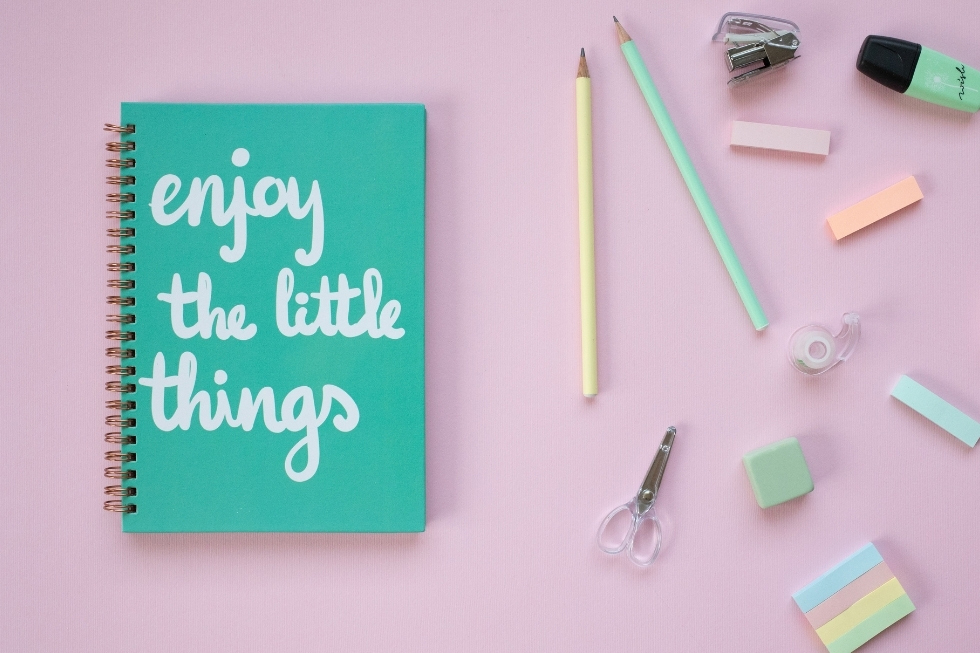Is it possible to use special typefaces to support gender identity, guarantee accessibility for the visually impaired and make it easier for dyslexic people to read? Five graphic designers believe this is the case and have created five different fonts to promote a more universal communication method, which takes due account of gender diversity, of the different approaches that might be adopted with disabled people and of the communication difficulties experienced by people suffering from psychic disorders.
As a matter of fact, creating a typeface isn’t just about aesthetic appeal. It’s also about social responsibility. Fonts, just like any tool that can facilitate accessibility to services and information, play a crucial role in ensuring equal user experiences.
Japanese designer Kosuke Takahashi has created a braille font for people who see and for the visually impaired: it pairs the Braille reading system with traditional fonts, producing one single typeface that meets all reading requirements. The font, named Braille Neue, can be used in services and infrastructure and consists of two typesets: Braille Neue Standard, for the English alphabet, and Braille Neue Outline, which can be used for both Japanese and English alphabets.
Forty new characters to be used for the termination of words that usually require a choice between one of the two binary genders: this is Inclusif-ve, the new typeface set thought up for the French language by designer Tristan Bartolini. These new characters represent a graphic blend of the letters that usually form the termination of words ending in gender, proving that it is possible to design and offer new graphic solutions in the linguistic spectrum and in gender representation.
People who suffer from dyslexia and ADHD (Attention Deficit Hyperactivity Disorder) can find it difficult and frustrating to read even the most simple typefaces. In order to solve this problem, Wolff Olins and Martin Vácha have created (as part of a broader rebranding operation of a renowned organisation that supports people with dyslexia and ADHD) Understood Sans, a font that is easier to read than traditional characters, thanks to graphic solutions that allow the reader to better discern similar alphabet letters, such as “b” and “d”, “p” and “q”.
The Elia Alphabet, the result of 17 years of research, aims to help spread the Braille system and make it easier to understand. It consists of 36 tactile characters, including letters and numbers, inspired by the Roman alphabet and specifically designed so that they can be learned in just three hours.
While emojis are not a proper font, their communicative power is undeniable. They promote a cross-border, cross-section, international language, shared throughout the world. That’s why we should not overlook emoji’s power to include.
Software company Adobe has undertaken to monitor and suggest the most inclusive emojis, while also giving users the tools to ask and suggest new ones.

Recent Comments